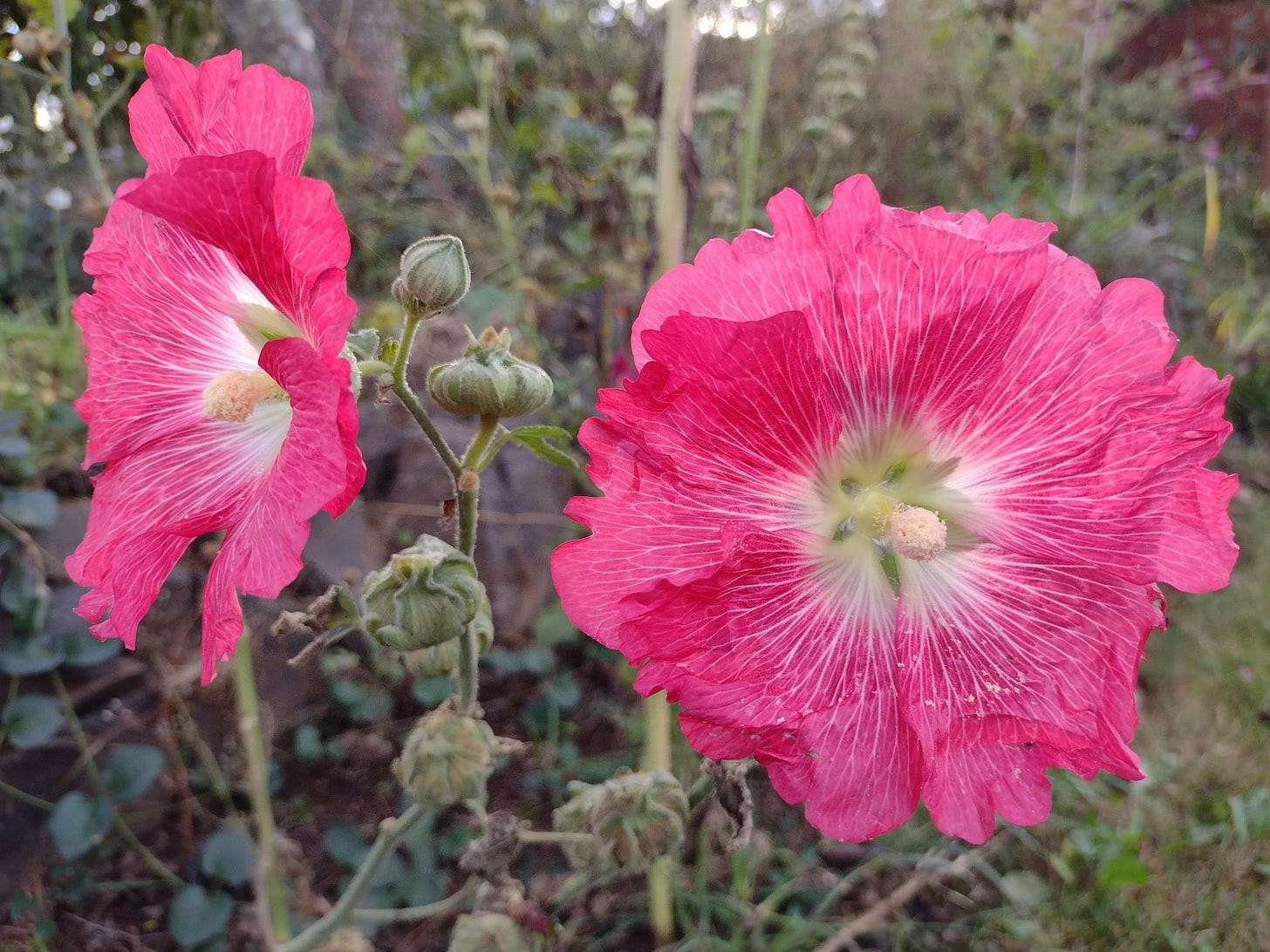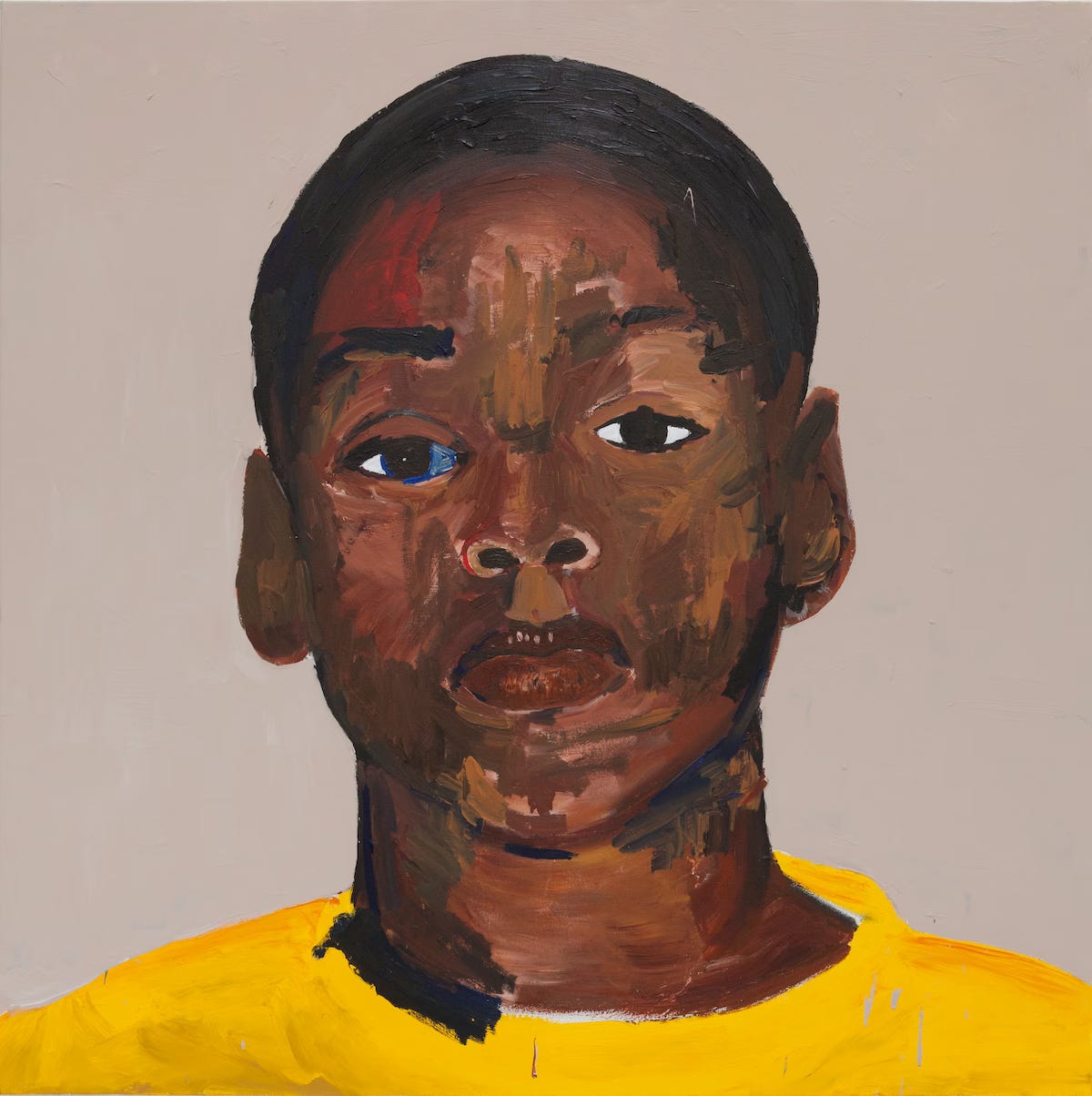Weekly Groundings are published every Friday to highlight the most interesting news, links, and writing I investigated during the past week. They are designed to ground your thinking in the midst of media overload and contribute to Handful of Earth’s broader mission. Please subscribe if you’d like to receive these posts directly in your inbox.
Without further ado, here’s this week’s Weekly Grounding:
“Never Mind the 1%. Mini-Millionaires Are Where Wealth Is Growing Fastest.”
The Wall Street Journal reports on the recent rise of “mini-millionaires” in the United States, who are not rich but, rather, merely “upper middle class”: “Rather than being left behind as all the gains in the economy accrue to billionaires, they have in fact seen bigger wealth gains over the past three years than the top 10% of families. Indeed, the biggest wealth gains between 2019 and 2022 were among the approximately 13 million families in the 80th to 90th percentile of the income distribution. Their median wealth jumped 69% from 2019, adjusted for inflation, to $747,000 in 2022.” The article demonstrates the importance of the professional-managerial class in today’s America, as well as the key role of higher education in the formation of this class.
“U.S. Plan to Put Weapons-Grade Uranium in a Civilian Reactor Is Dangerous and Unnecessary”
At Scientific American, Alan J. Kuperman highlights what should be a much bigger news story in the current moment: the fact that the Biden administration is “supplying a new research reactor with enough weapons-grade uranium for a sizable nuclear arsenal.” He continues: “the Biden administration intends to… [supply] over 600 kilograms of weapons-grade uranium—enough for dozens of nuclear weapons—to a privately owned experimental research reactor that would be largely funded by the U.S. government. If the project proceeds, other countries will insist on violating the [nonproliferation] policy too, refusing to accept a double standard. Whether they import HEU [highly enriched uranium] from the United States, purchase it from Russia or build their own enrichment plants, the risks of nuclear proliferation and terrorism will grow again.” Kuperman’s warning illustrates that the line between nuclear energy and nuclear war is not nearly as clear as the current media push for a nuclear future would lead us to believe. For more on the topic of nuclear energy, see Weekly Grounding #12 and Weekly Grounding #15.
Gregory Barber reviews
’s new history of the Luddite movement, Blood in the Machine: The Origins of the Rebellion Against Big Tech, for Wired. Merchant is a fascinating figure who writes on technology for the Los Angeles Times and, as discussed in Weekly Grounding #19, seems to have fallen into an unexpected sympathy with Luddism. In his review of Merchant’s book, Barber highlights some of the contemporary complexities surrounding the term “Luddite”: “After two centuries, the meaning has been broadened by all the insults and attempts at rehab. Even armed with the proper history, it can be hard to know what it means to be a Luddite today. Not all of these presumed Luddites are bound to enjoy each others’ company, or to appear sympathetic. They may define the common good in ways you find unsavory, or use methods you do not like. They may prove to be terrible spokespeople for their cause. You might just call them a Luddite and mean technophobe.”
“Mapping Out Collapse Research”
- provides an impressive summary of research on societal collapse at . He writes that “this field still has a long way to go. This is troubling, because in our society today we can see signs that could be interpreted as indications of a nearing collapse.” If this diagram on the various schools of collapse research piques your interest, do check out the rest of the essay:
“Cops Shut Down Jewish Journalist Book Tour Critical Of Israel”
I’ve focused some of my recent writing (most notably “The ‘Free Speech’ Right Embraces Cancel Culture”) on the new wave of censorship in the West justified as a response to conflict in the Middle East. This Breaking Points interview of Jerusalem-based writer Nathan Thrall on the coordinated effort to stop events for his new book—A Day in the Life of Abed Salama: Anatomy of a Jerusalem Tragedy—demonstrates just how repressive the Western cancellation and censorship regime has become. The whole interview is well worth a watch, but I found Thrall’s following observation especially revealing: “When I was interviewed about the book prior to October 7th...[an] interviewer asked me a series of questions about whether I had portrayed the Jewish settlers, and therefore the settler movement, too sympathetically…I was very happy to be asked that question—that was a victory—because I wanted this book to be real, to really put you in the shoes of everybody there and understand how they see the world. So the fact that a book that got asked that kind of question before October 7th is being targeted for cancellation…it is just a time of total intolerance, and every Palestinian in the U.S. that I know says it feels like the days after 9/11 or the lead up to the Iraq War.”
“What Do Art Lovers Need Right Now? The Deep Humanity of Henry Taylor.”
Sebastian Smee reviews “Henry Taylor: B Side,” an exhibit at the Whitney Museum of American Art in New York: “It’s clear that for Taylor, having a political conscience is a natural extension of being human. He cares passionately about justice, but he is equally engaged by the strange condition of being an artist and with the blessed state of having friends. The show is like a lovingly compiled playlist. It expresses a casual but abiding interest in life, synchronized to the rhythms of daily existence: the way we colonize living rooms, mess around in studios, attend funerals, watch sports and peer, pummeled by nostalgia, at old photographs.” Smee goes on to make the observation that “Abstraction is not dead, but people are conscious, I think, of its limitations and no longer want to feel intimidated by showoffy conceptual art. Sick of scrolling through social media feeds, they want the thrill of physical, handmade objects and recognizable imagery.” Taylor’s portrait of the late artist, Noah Davis, was my favorite piece showcased in the review:
What grounded your thinking this week? Feel free to share in the comments.





Hey there, just wanted to say thanks for highlighting my work here. First time someone recommended it publicly who I don't know personally :D